SJ Grevett – Unstoppable Light
Posted on October 3, 2023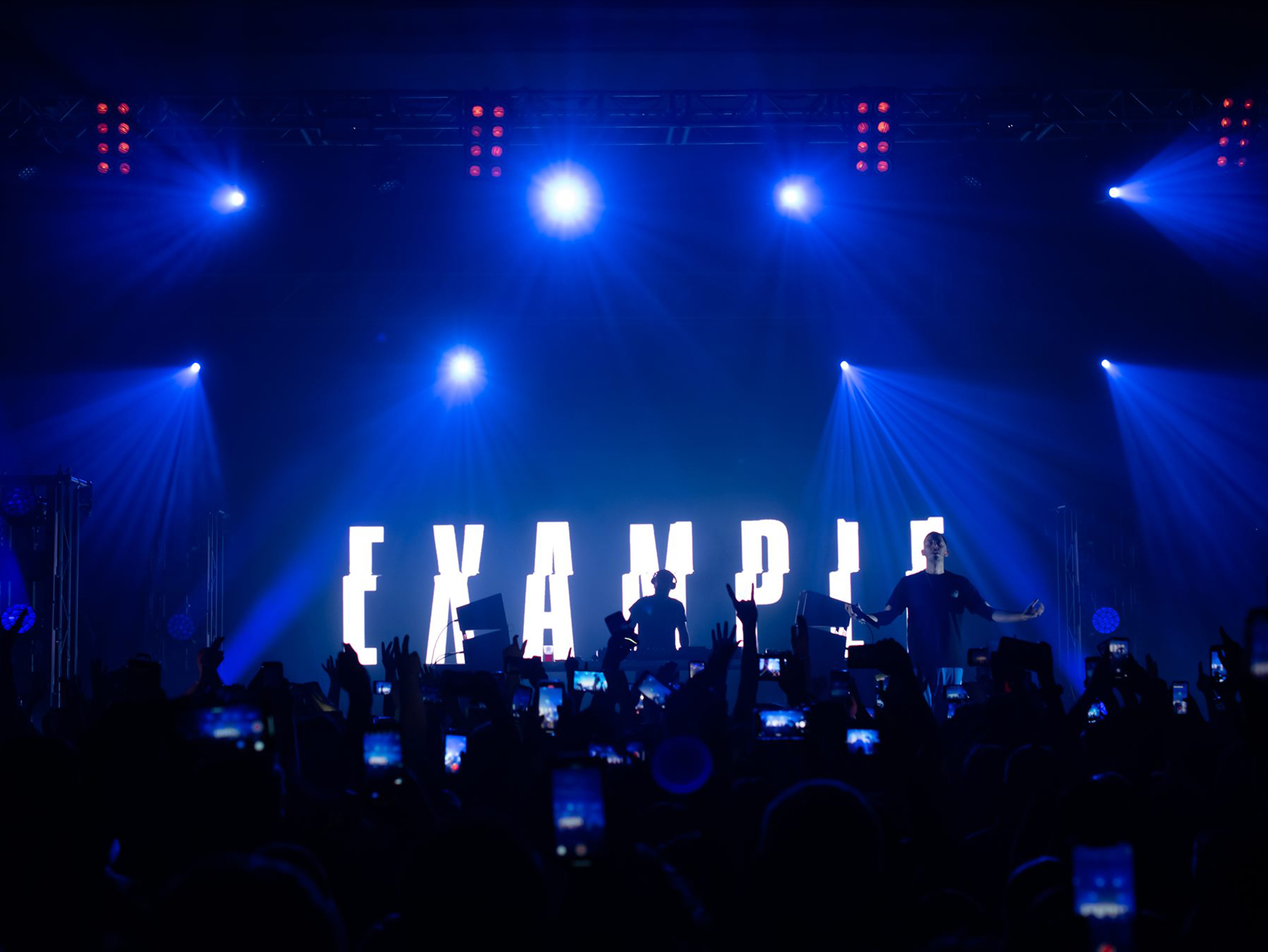
Light doesn’t stop until it hits a solid object. This UK creative pointed this out to us when discussing his penchant for incorporating multiple surfaces into his lighting designs. It was an apt metaphor for his all-embracive style, which is often characterized by features like fully-integrated wrap around video walls, towering geometric structures, and floor-to-ceiling lighting displays.
The same philosophy also applies to SJ Grevett’s approach to his own development as a lighting designer. Like light itself, his drive to expand his creative horizons and refine his skills never rests. It is, as he explained, part of a relentless drive to come up with something “new, bigger and better” in a world where “every day is a school day,” even after 20 successful years as a lighting designer.
SJ has obviously learned much from this ongoing quest, as evidenced by his deeply evocative and widely acclaimed work in a variety of genres, from ceremonies like the MOBO and Brit Asia Music Awards, to festivals like Bassfest, to tours for artists like Example and Diljit Dosanjh, to sporting and special events like Voice in a Million.
Speaking to us from his Birmingham-based company, DMX Productions, the designer spoke to us about the unstoppable power of light, and learning.
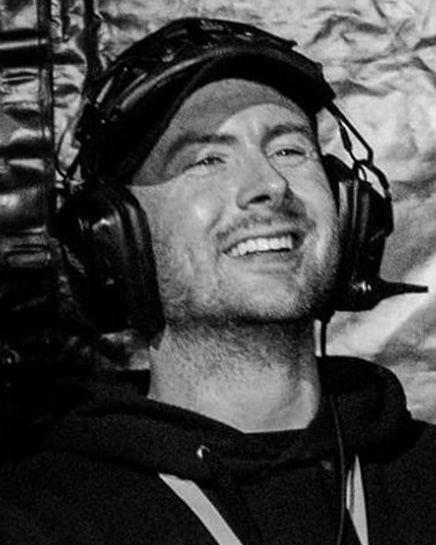
In addition to your broad range of work on tours, festivals, sporting events and other applications, you’ve done quite a few awards ceremonies. How are these events different from other types of projects?
“The ceremonies are really a combination of all aspects of our production: The TV element, live elements and the performances all crammed into a two-to-three-hour show. They are the pressure cookers of production. Everyone has their own agenda; artists want to make a statement, TV wants the best camera shots with the highest lighting levels, and the organizers want a smooth-running show, with equal attention paid to the audience as those watching on TV at home. I can’t think of a much more challenging task, apart from maybe the Super Bowl half time show!”
Turning to another area that you’re quite adept at, festivals, we were impressed with how you transformed what was a scaffold structure into the main stage for Bassfest. Can you tell us about that?
“This really was out of necessity. The stage company went bankrupt two weeks prior to the show. So, working with a local scaffolding company which specialized in asbestos removal, we came up with a solution! The lighting and video design itself, I cannot take the credit for. That was solely the work of the talented Jack Pettit, one of my closest colleagues. He came up with the video wrap around design that followed the outline of the stage; wrapping it behind the DJ setup with the LED DJ riser and center LED video section set in front. One of our clients saw the design and asked if he could book the stage for another show. When I sent him the photos backstage of the scaffolding planks and how the stage cover has been created it blew his mind. For reference, plastic sheets and a blow torch was how that cover was created.”
On the subject of video, has the relationship between lighting and video changed? It seems that video used to follow its own path and displayed images that were basically self-standing. Now it seems video images are more closely connected to the light show.
“Video and lighting should be seamless, as they are one visual artform. While the skills to produce each element are different, it’s really the designer’s job to create synergy between them. Most of the shows I am involved with have the lighting operator running both the lighting and video content.”
You often use pyro and other atmospherics. What’s they key to deploying them successfully rather than over using them?
“This is a really interesting question, as things have changed a great deal over the years. Twenty years ago, when producing dance music events, the biggest weapons in my arsenal were blackouts, smokes machines and strobes. These days every artist wants CO2, flames and pyro; they’re all looking for that ‘Instagram moment!’ We actually spend a good proportion of our time thinking about what works, not only for the audience in the room but also the wider audience on social media afterwards. Less is often more and saving those special moments for the right tracks is vitally important. Typically, artists want to emphasize their new production or the audience favorites. It’s always difficult trying to find the right balance with award shows and TV productions, so I tend to try and limit each artist to one or two SFX and differentiate between what each act can have.
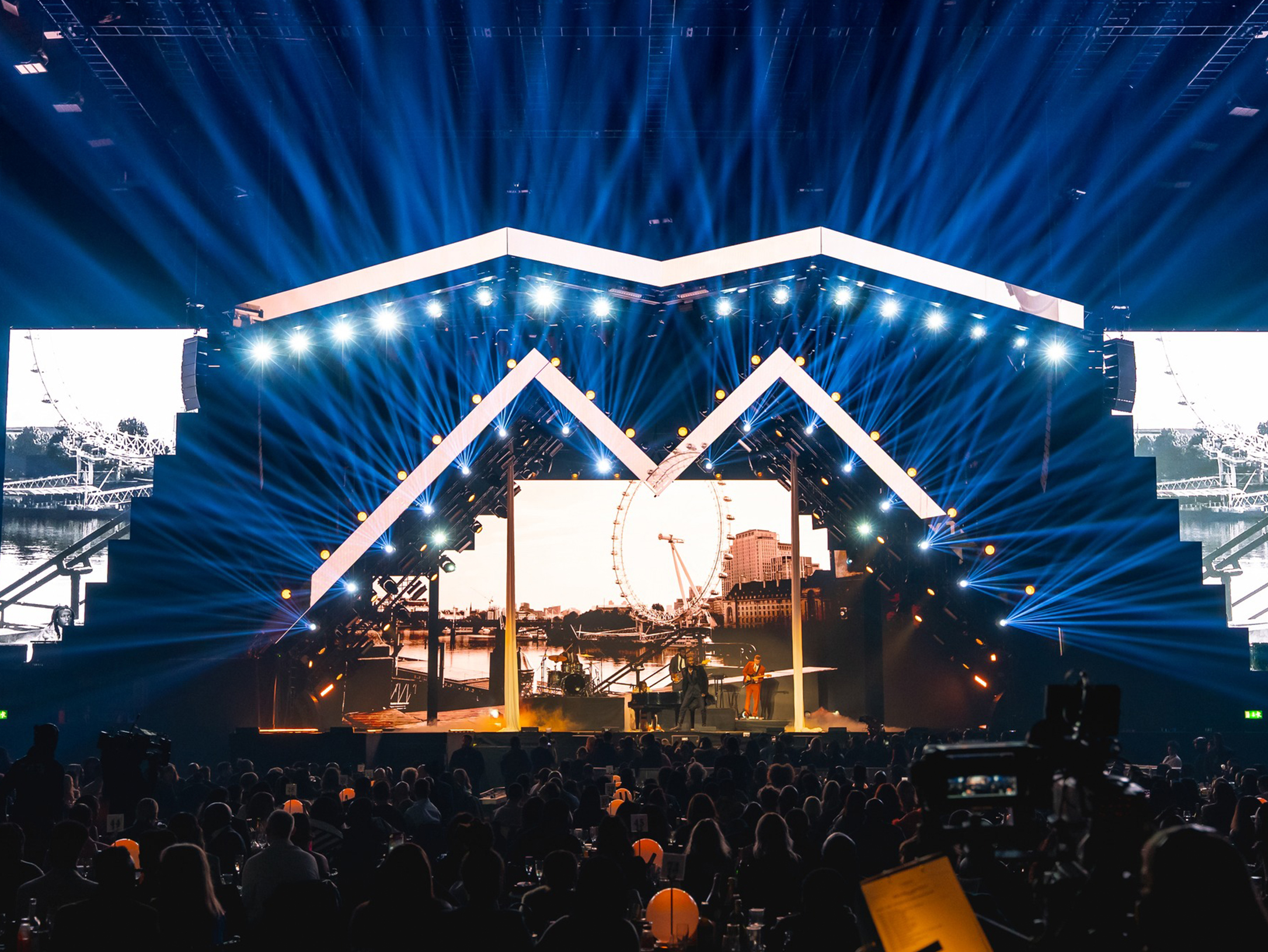 “That being said, one of the most overlooked and undervalued part of any production is the haze solution. Getting this right is critical for the photographers and TV crews. Striking the right balance by ensuring the lights look amazing, whilst also delivering crisp camera shots, is an art form in itself.”
“That being said, one of the most overlooked and undervalued part of any production is the haze solution. Getting this right is critical for the photographers and TV crews. Striking the right balance by ensuring the lights look amazing, whilst also delivering crisp camera shots, is an art form in itself.”
You also like to use lasers quite a bit. Any advice on how to incorporate them into a show without over-using them?
“As I mentioned previously, I am a huge fan of integrating everything into the lighting console with the lighting operator also running lasers. This way one person has overall control, so you can easily achieve the juxtaposition of jumping between lighting and lasers, matching colour schemes and not overdoing it.”
What are your feelings about blow-through video walls and projection video?
“I’m a huge fan of blow through LED. My first experience of touring with a blow through screen was with Cosmo Wilson, whilst working alongside him for the UK leg of the Blondie tour. The design worked brilliantly and I have since incorporated it into a number of shows. It gives us the ability to move the production through different gears, adding punch and power when required. Fixtures shooting through the screen, with clever content, can give the illusion of 3D while adding depth to the stage.
“As far as video projection is concerned, this is an area that I haven’t managed to incorporate into rock and roll shows. It’s definitely an area that I am keen to explore and see what can be done. Ultimately, in the years to come, I firmly believe that every moving head will essentially be a projector and digital gobos will be a thing of the future.”
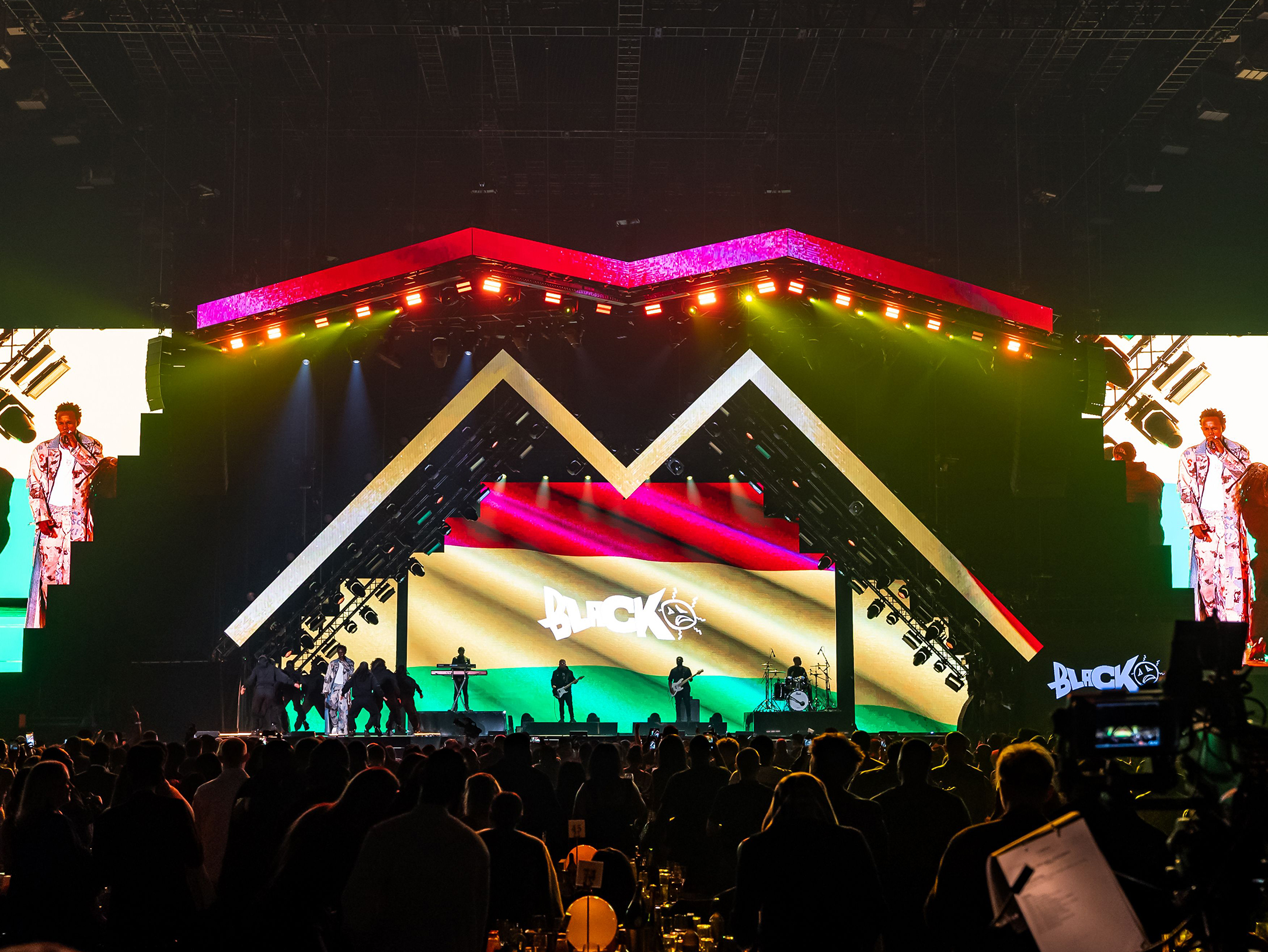 If you were at a party and told someone you were a lighting designer, and they asked “what exactly does that mean?” What would you say?
If you were at a party and told someone you were a lighting designer, and they asked “what exactly does that mean?” What would you say?
“That’s a really tricky one. My initial response would be to say that I set the scene and the ambiance, interpret the music, and enhance the atmosphere for the audience. However, in reality, that’s only a small fraction of what I actually do. A great deal of time is spent interpreting what the various stake holders in a project want and finding a solution that works to everyone’s mutual satisfaction. This involves, in equal parts, meetings, head scratching, and actual designing!”
Do you have a favourite colour to work with?
“Honestly, I don’t think I have ever given this a huge amount of thought until now. Red, I think, would be my first choice, despite the difficulties in achieving a ‘good’ red output.”
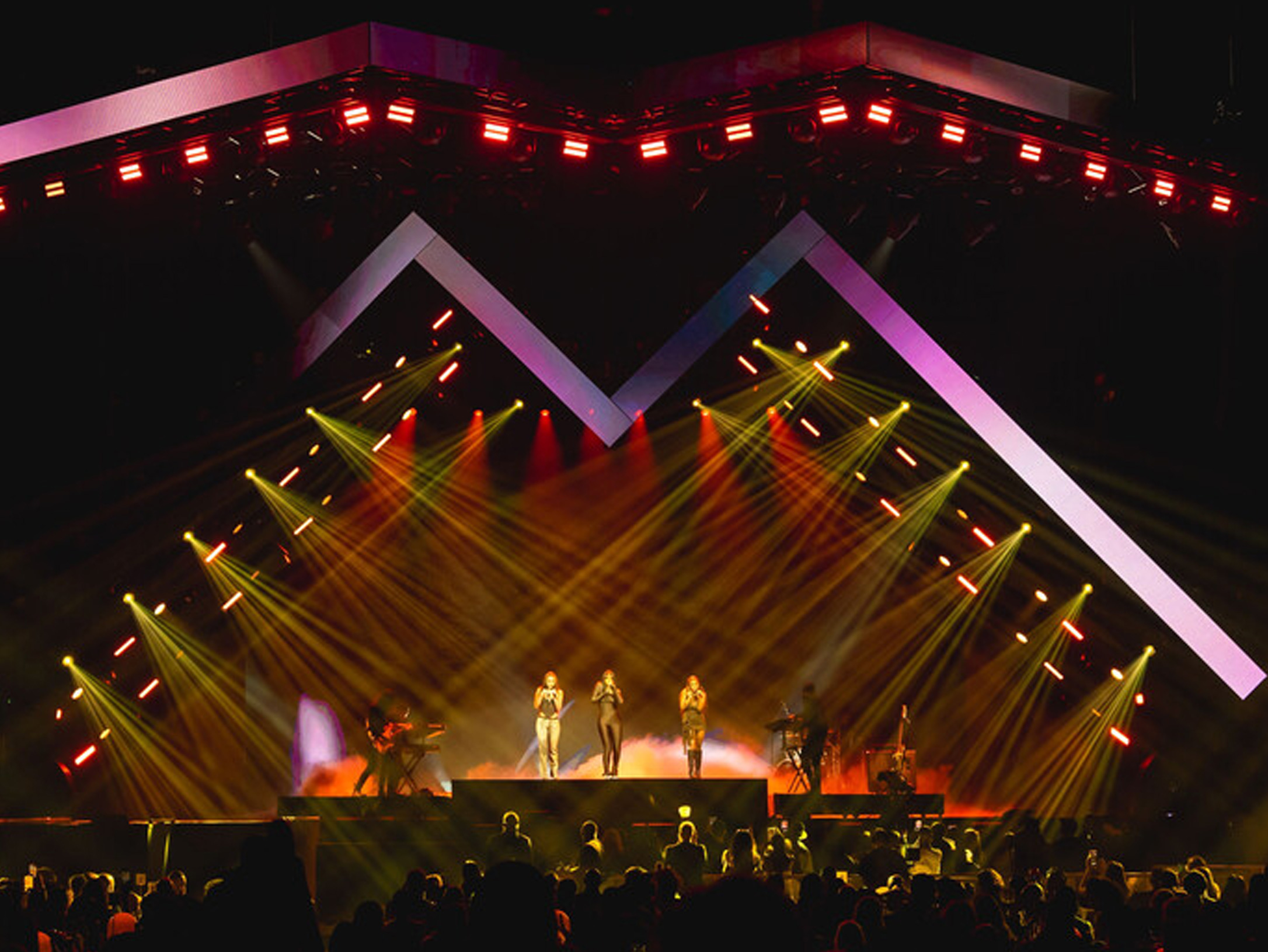 What are your thoughts about mixing different colours together? Do you try to limit yourself to two or three?
What are your thoughts about mixing different colours together? Do you try to limit yourself to two or three?
“Nine times out of ten, yes, the two colour rule works really well. However, like most rules, it’s fun to break them now and again. There will always be times and occasions where this works; LED ‘eye candy’ fixtures being one of them.”
When you look at your overall job as a lighting designer, is there one technical aspect of it that you find most challenging?
‘Yes, the relentless drive to do something new, bigger and better. Every day is a school day and we are all learning all the time. We all take inspiration from others and look to improve, innovate and create inspirational designs. Manufacturers are in an arms race to give us the latest, greatest, and brightest new lights. Trying to harness these tools and be creative, while working within venue and stage constraints, such as roof weight loading, artists’ budgets, and build schedules, is always a challenge. Anyone scan sketch a design in CAD that looks epic. The reality is convincing a promoter or artist to give you the budget to deliver it, having the knowledge and foresight that you can build it, and thinking through all the technical challenges. That’s the real battle!”
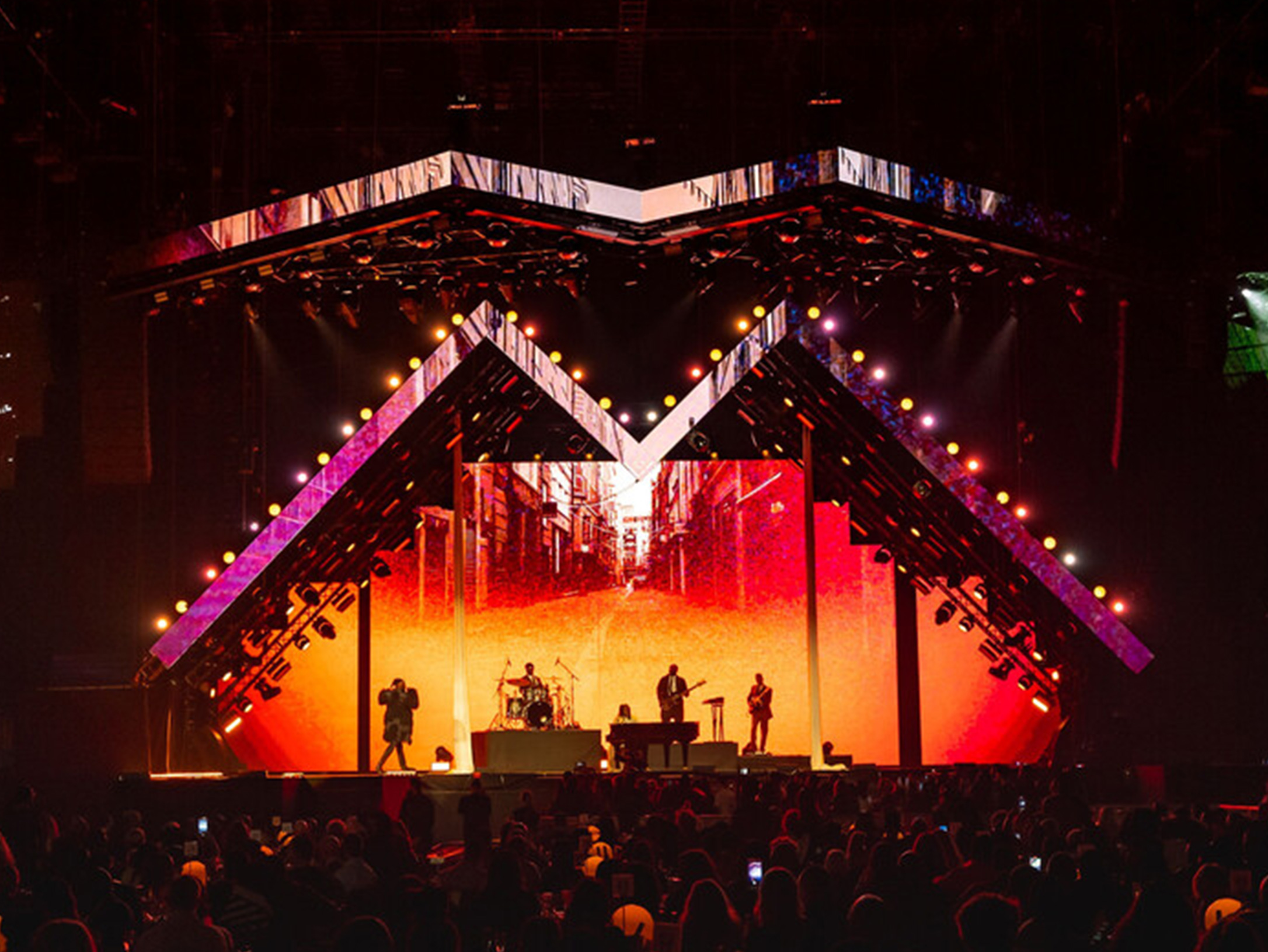 We noticed that regardless of whether it’s a concert, event, or awards ceremony, you often light the ceiling or roof or other parts of the venue. Why is that?
We noticed that regardless of whether it’s a concert, event, or awards ceremony, you often light the ceiling or roof or other parts of the venue. Why is that?
“Light doesn’t stop until it hits a solid surface. So, while this can sometimes be a creative decision to enhance the architecture of the building, on other occasions it can simply be down to not wanting to blind the audience! Lighting is there to enhance a show; it shouldn’t be over powering, or detract from what is actually happening on stage.”
How do you get inspired at the start of a project?
“This really depends on the project, to be honest. If it’s artist-driven, listening to their music is my normal starting point. One thing I try to avoid is watching any of their previous shows, because I find it really influences my design process. You end up trying to recreate and make a ‘mark two’ version of someone else’s work. For some shows this may work, but wherever possible I like to approach the design from a fresh perspective. Inspiration itself can come from the most random places: architecture, geometric patterns, random luck and also the work of others. I am extremely fortunate to work with some incredibly talented people, most notably Jack Pettit, who is always on hand for me to run ideas and concepts by. He’s also the first to call me out if he thinks something won’t work.”
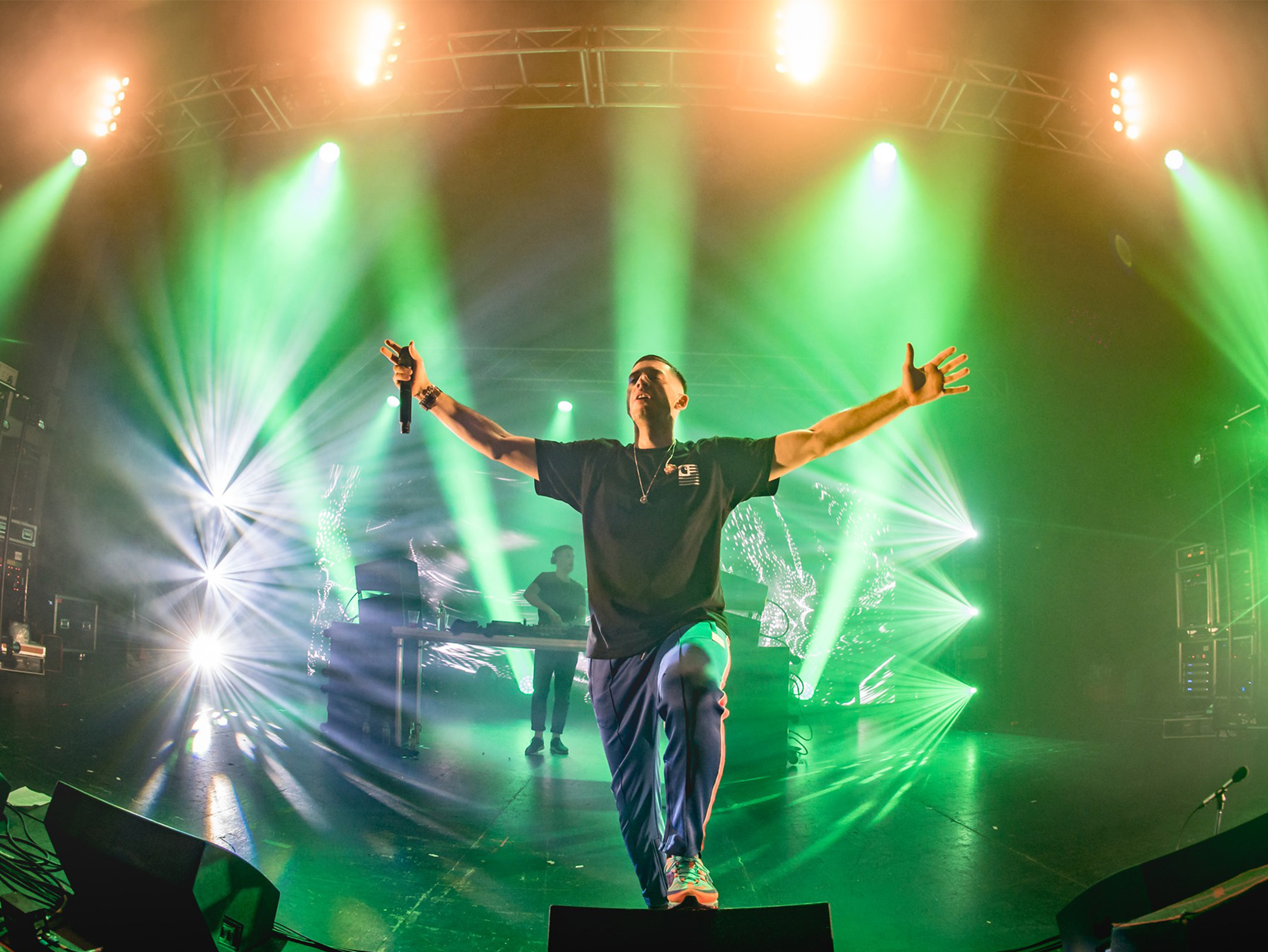 It seems like scenic pieces are becoming larger and more sophisticated at concerts. How does this influence your decisions as a lighting designer?
It seems like scenic pieces are becoming larger and more sophisticated at concerts. How does this influence your decisions as a lighting designer?
“It’s not just scenic pieces that are becoming larger and more sophisticated these days; audio is getting more complex and video walls have grown exponentially. Clients are often selling past the 180-degree line, wanting to perform in the round. It’s really a collaborative process, with a lot of compromise on all sides, to achieve the best result for client and artist.”
Looking at all the different designs you’ve done in your career, is there one that stands out as being the most influential, either because it showed you what you can do, or it was a learning experience teaching you not to make the same mistake again?
“That’s a really tough question to answer. As humans we all tend to remember the challenging gigs, rather than the ones that went smoothly. The tougher and harder the show the more memorable it is! During every single show I have ever done, I can honestly say that I have learnt something new. I always look back, reflect and evaluate each show, to see what could have been done better.
“If you pushed me to name a specific show — at least one in my most recent memory — I would say the MOBO Awards, this was a baptism of fire working with a whole new team. This job came in very late; we literally only had a few weeks’ notice of it happening, but everything came together at the last minute thanks to the hard work of Ben Insip, who programmed the show for me.”
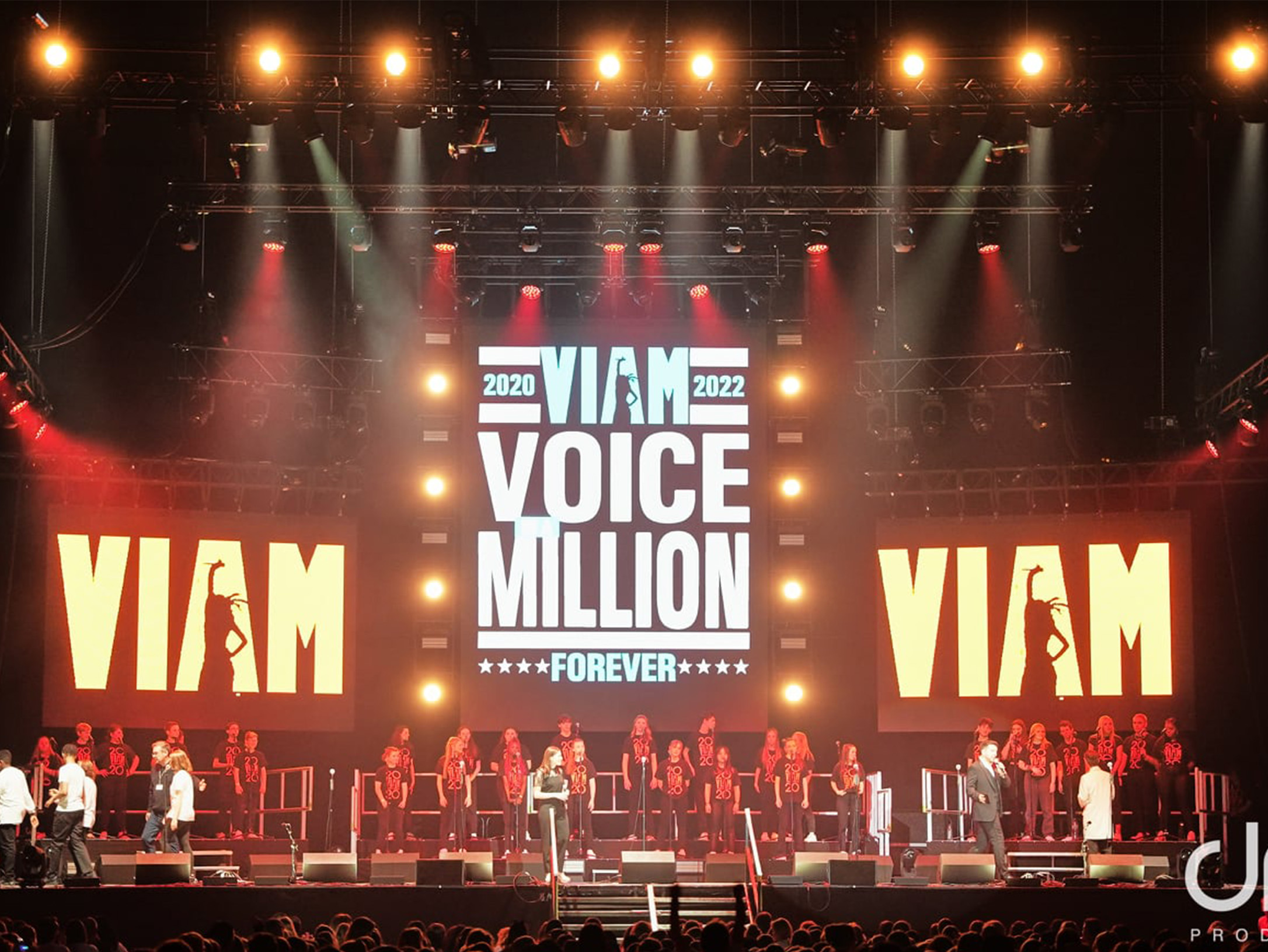 You’ve done quite a few big, impressive shows, but do you ever want to do something simple, where it’s just a few lights with no background and the artist?
You’ve done quite a few big, impressive shows, but do you ever want to do something simple, where it’s just a few lights with no background and the artist?
“Of course, sometimes simplicity works wonders. It teaches you to get the most out of the fixtures and resources that you have available, and you can also explore other ways to create the dynamic. For TV, for example, the camera with its movement can turn a static lighting shot into something beautiful that conveys emotion. One of the highlights from the MOBOs for me was Emeli Sandé’s special tribute performance to Jamal Edwards, which was a single spotlight on her playing the piano with the camera panning around. Simple but incredibly effective and emotive.”
How did you get started in lighting design?
“During my University days I ran production for club nights and ended up spending most of my weekends operating club shows. I was in the right place at the right time, as far as the club scene was concerned. Over time I progressed from club shows to arena shows for likes of Godskitchen, Sundissential, and Gatecrasher, then moved to arena touring. You are only ever as good as your last gig in this industry, but conversely every gig opens up new doors. You just seize every opportunity that presents itself and see where you end up… here I am 20 years later.”
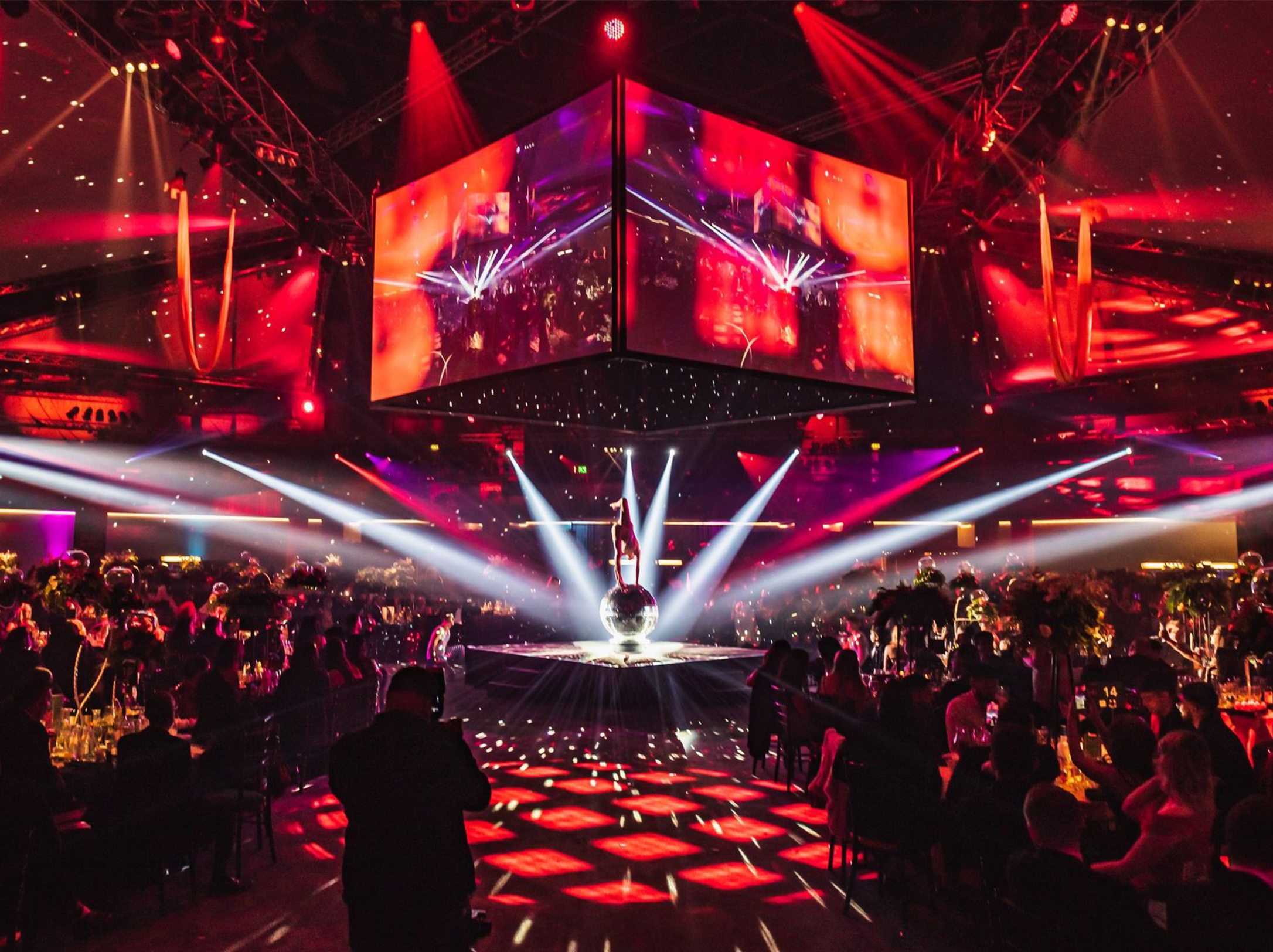 What do you think you would have done if you didn’t become a lighting designer?
What do you think you would have done if you didn’t become a lighting designer?
“Again, this is a great question. During Covid, I really thought long and hard about my life choices and what else I would do, but I couldn’t find an answer! Growing up I had aspirations of attending Sandhurst and becoming an officer in the Army. Many of my teen years were spent with the cadets before transferring to the TA, and this was an integral part of my formative years. It fostered a lifelong love of learning, and taught me transferable skills which I still use today.”
What’s the one thing you want people to know about you as a lighting designer?
“I am always up for a challenge. I love what I do and am always looking for the next project to give me goose bumps! I guess at heart I’m an adrenaline junkie; waiting for the moment when the lights go out and the nervous energy builds, while I am silently praying the time code gods are good: Then the release when the crowd go wild and your creation comes to life. There’s nothing quite like that feeling.”